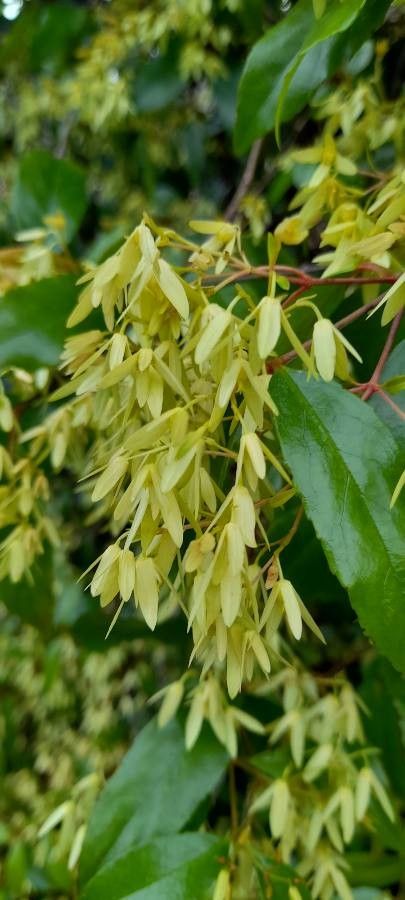Propagating the Resinous Aphanopetalum: A Gardener’s Guide to Aphanopetalum resinosum
Introduction:
Aphanopetalum resinosum, often known as the resinous aphanopetalum, is a captivating Australian native shrub prized for its delicate, creamy-white flowers and resinous fragrance. Its unique floral structure and relatively uncommon status amongst home gardeners make successful propagation a rewarding albeit challenging endeavor. While not widely cultivated, its beauty and intriguing botanical traits have garnered increasing interest among plant enthusiasts. Unique aspects relevant to propagation include its relatively slow growth rate and the potential difficulties in achieving successful germination and rooting.
Seed Germination:
Currently, there are no known reliable methods for seed germination propagation of Aphanopetalum resinosum. While seeds may be produced, their viability and germination rate are reported to be extremely low, possibly due to dormancy mechanisms not yet fully understood. Further research into specialized germination techniques may be necessary to unlock the potential of seed propagation for this species.
Cuttings:
Cuttings offer a more promising approach to propagating Aphanopetalum resinosum.
Challenges: The primary challenge lies in achieving successful rooting. The woody nature of the stems can make rooting difficult, requiring specific techniques and favorable conditions.
Practical Tips: Semi-hardwood cuttings taken in late spring or early summer are recommended. Cuttings should be approximately 10-15cm long, with the lower leaves removed to prevent rot. The use of a rooting hormone is advisable. Propagation should be undertaken in a well-drained, sterile propagation mix, maintained consistently moist but not waterlogged. High humidity, often achieved through a misting system or cloche, is crucial for success. A bottom heat propagation mat can help speed up root formation.
Rewards: Successful propagation from cuttings allows for the clonal replication of desirable traits found in a mother plant. This method is relatively quick, compared to seed propagation (if successful), and more reliable for producing a consistent supply of plants.
Division:
Division is not a practical method for propagating Aphanopetalum resinosum. Its root system is not readily divisible, and attempts at division are likely to result in damage to the parent plant and poor survival rate for the divisions.
Tissue Culture:
Tissue culture presents a potential avenue, although it’s unlikely to be accessible to the average home gardener.
Challenges: Establishing a reliable tissue culture protocol for Aphanopetalum resinosum would require specialized laboratory facilities, expertise in plant tissue culture, and significant experimentation to determine optimal media and growth conditions.
Practical Tips: This method would involve sterilizing plant material, culturing on appropriate media containing plant growth regulators, and subsequently transferring to a rooting medium.
Rewards: Tissue culture offers the potential for rapid propagation, mass production of disease-free plants, and preservation of genetic diversity. However, the inherent costs and technical expertise required make it an impractical option for home gardeners.
Conclusion:
Propagating Aphanopetalum resinosum presents a unique set of challenges. While seed germination appears currently unfeasible, cuttings offer a reasonably attainable method for the determined enthusiast, requiring patience and attention to detail. Division is not a viable option, and tissue culture, while potentially offering large-scale propagation, remains beyond the scope of most home growers. The rewards are undeniable: successfully cultivating this beautiful and somewhat enigmatic plant delivers a deep sense of satisfaction, a testament to patience and perseverance. For those willing to invest the time and effort, the journey of propagating the resinous aphanopetalum is a truly enriching experience. Remember that success comes with meticulous attention to detail and a careful understanding of the plant’s needs. Don’t be discouraged by setbacks; each attempt contributes to your knowledge and increases your chances of ultimately creating a thriving collection.
